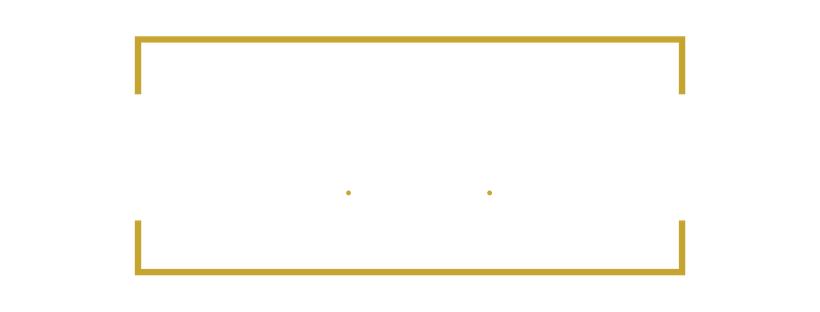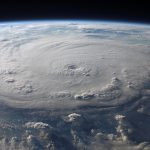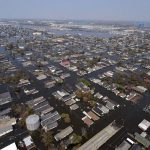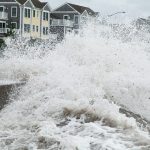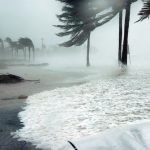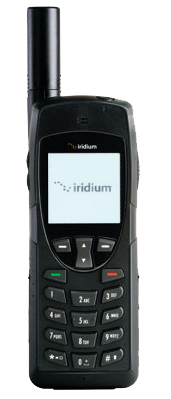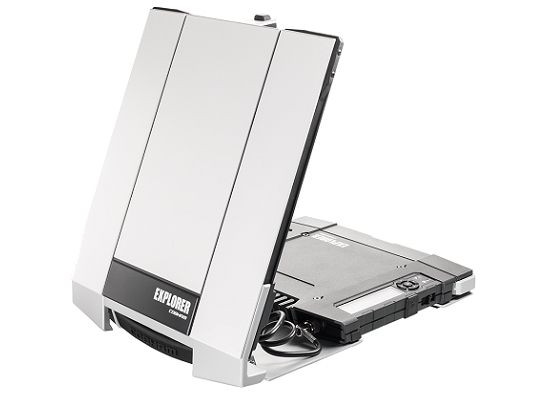Best Ways to Prepare for a Hurricane
Hurricanes are massive storm systems that form over warm ocean waters and move toward land. Potential threats from hurricanes include powerful winds, heavy rainfall, storm surges, coastal and inland flooding, rip currents, tornadoes, and landslides.
Knowing when these storms are most likely to occur is important, but with a 6-month window of time that hurricane season lasts, it’s impossible to pinpoint just when (or exactly where) one may occur.
The Atlantic hurricane season runs from June 1 to November 30. The Pacific hurricane season runs May 15 to November 30 (so close to the same range of time). What this means is that you need to be prepared before this half-year season begins.
Utilizing the other six months of the year to ensure you will be well equipped in the unfortunate event that you find your home in the path of a hurricane is the most prudent thing you can do.
.

